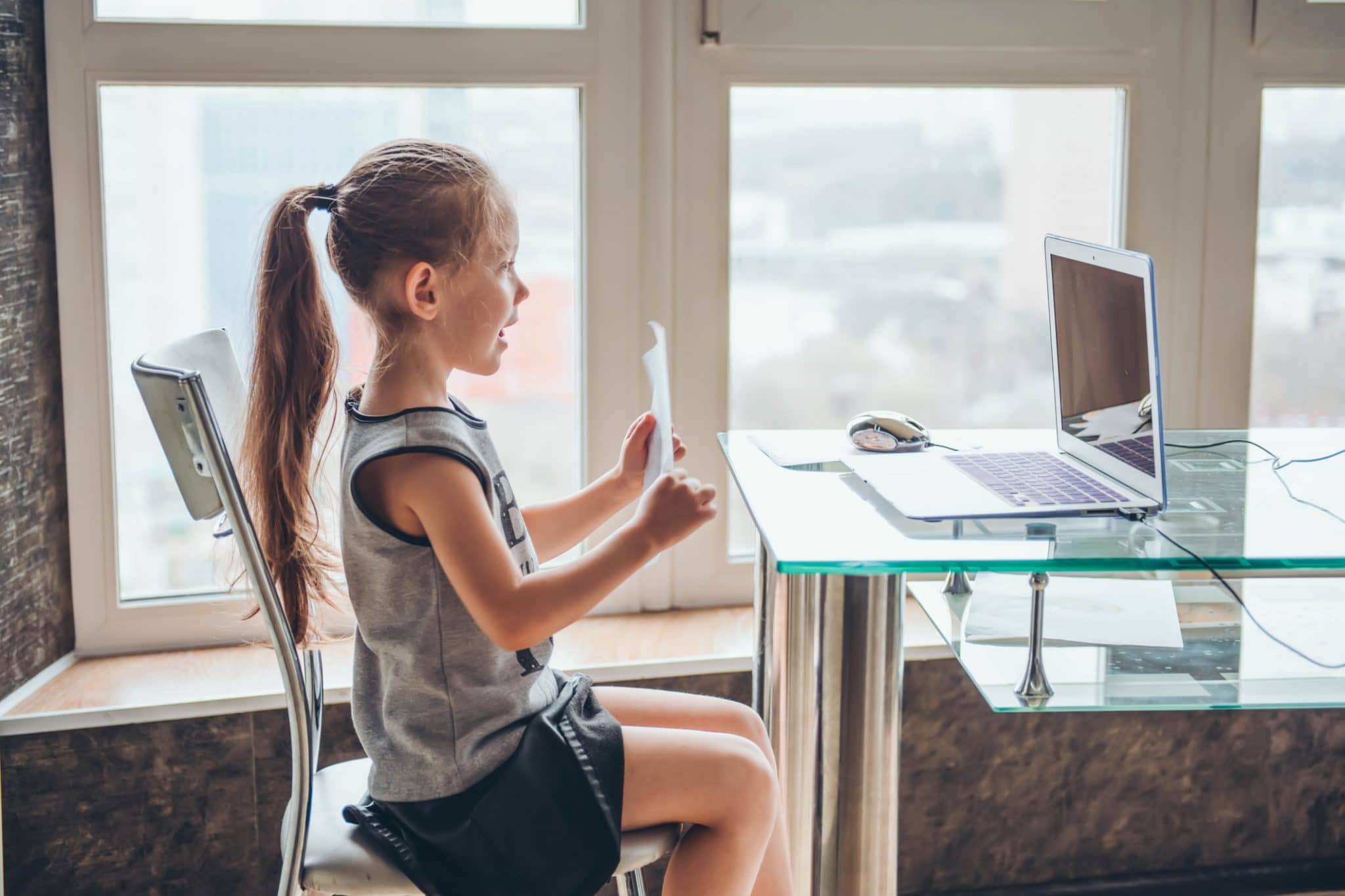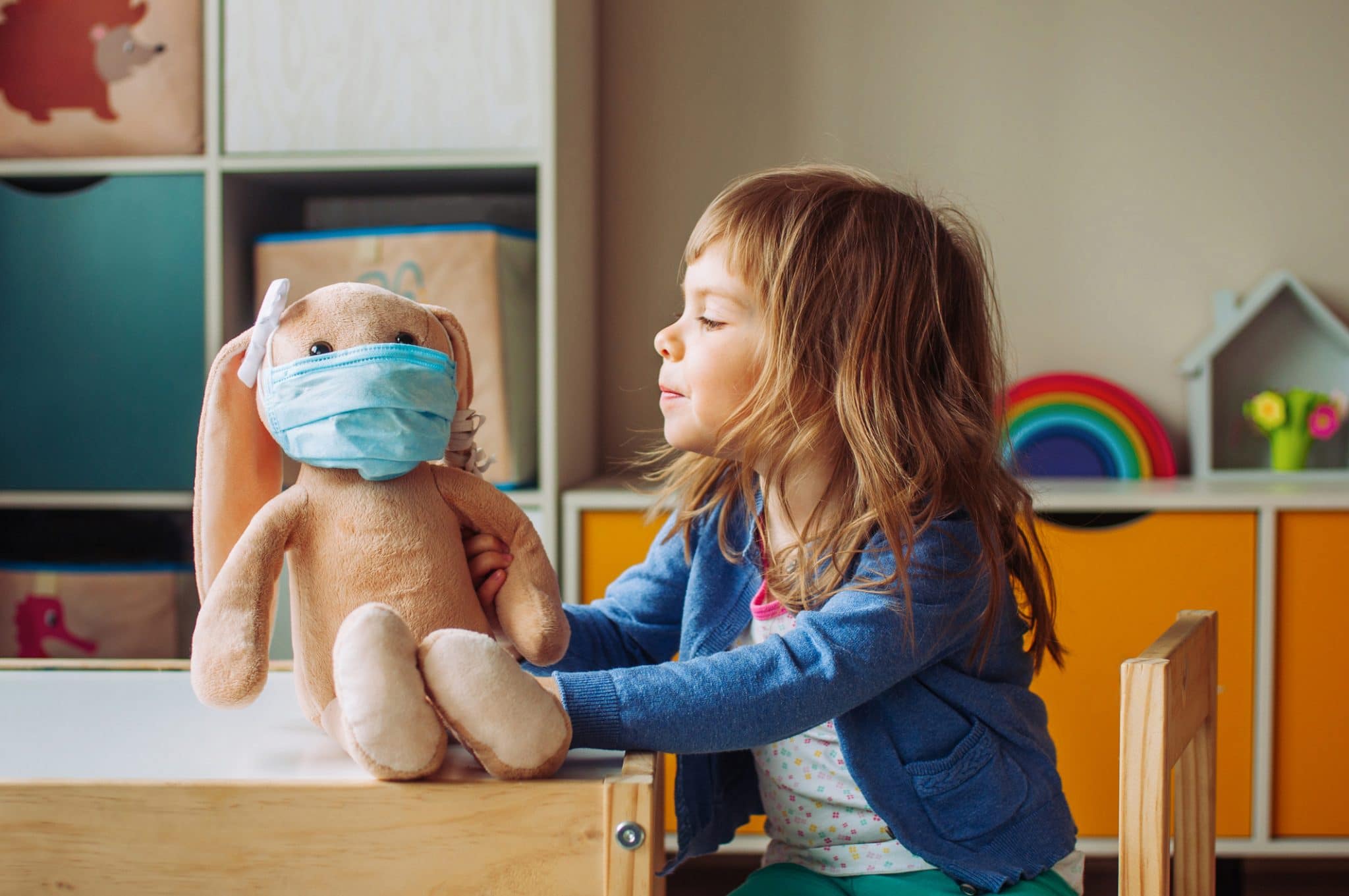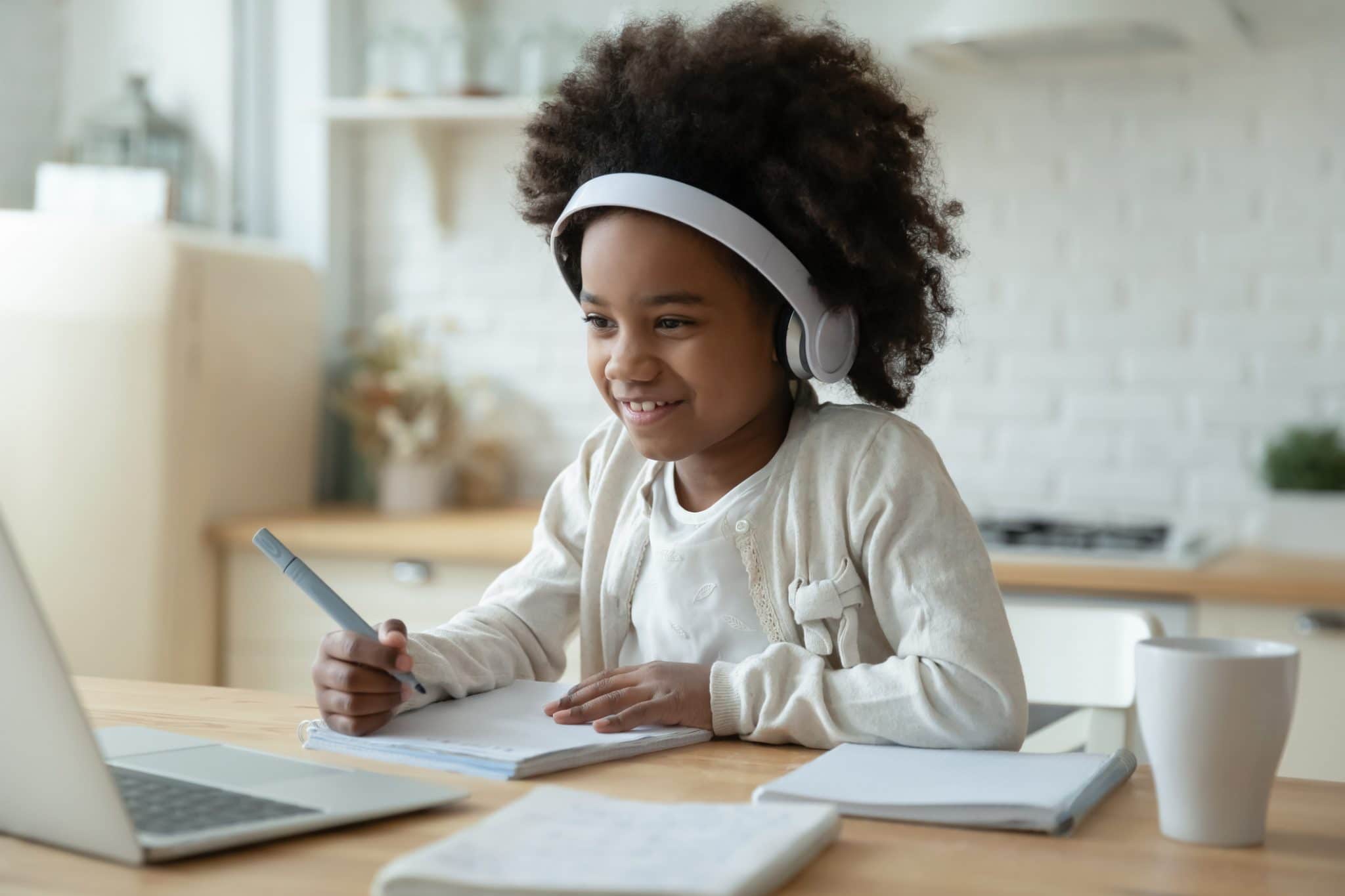Making Observations with the CBRS
What are we seeing, and how does the data support it?

Observing Student Behaviors in a New Way
Over the past several weeks, the VKRP Hotline received questions regarding interpreting the CBRS data. We realize assessment calendars are varied this fall. Some of you have completed your fall assessments and are starting to analyze the information gathered about your students. Many of you are still collecting and completing the VKRP assessments. Teachers are doing their best to observe students during virtual instruction while waiting for school board decisions that could determine a possibility of being in-person with students or having the opportunity to set up appointments for students to come in for assessments.
No matter your instructional format this fall– virtual, asynchronous, synchronous, or even in-person, we are observing students in a different way than we have in past years. With socially distanced and virtual interactions we are experiencing during this pandemic, we are acutely aware of the importance of social connections for ourselves and our students. The relationships they have with you as their teacher and their classmates impacts how they feel about school and learning.

Reviewing the Data
One way to reflect on which students you may need to reach out to more in order to forge a stronger bond is by reviewing your ratings of students’ self-regulation skills, social skills, and well-being. For example, are there students that you felt you knew well enough to report on and students for whom you felt you were unsure of their skills on some or many items? What do you believe were the factors that may have contributed to the inability to feel secure in your ratings for those students in particular?
For students who are often contributing to the social and academic dialogue in the classroom, it is likely easier to feel a connection and have a sense of their skills and abilities. However, other students may not be as well connected, literally and/or figuratively. One way to involve them more in discussions is to encourage their participation in the classroom and build their confidence by calling on them when it is likely they will be confident as part of a discussion.
Or, think of ways to connect individually with a student by setting up a phone call or texting a message via a caregiver. For instance, this is a good time to schedule one to one calls with students (Try this: 5-Minute Chat with Students) and families. This allows the perfect opportunity to create a partnership with the families on how to encourage children’s social-emotional skills and check-in on their well-being. This meeting could also be a chance to share the Family Resources Packet or Family Information Report as a conversation starter if your division has opted to use this report. This intentional, planned interaction establishes not only a bond between teacher and student, but also allows for equity within the classroom environment.
Because this is such a different and challenging year, we encourage you to focus your attention on the formative information provided by the VKRP assessments. This is especially important, given that your mode of instruction has surely changed the way you observe and interact with your students. Think about the items and skills individually, and make anecdotal observation notes on what you are noticing about your students.


It’s also important to consider your level of concern for a student’s emotional well-being. As you review the information from the CBRS, you may want to reflect on some of the following questions:
- Do my ratings reflect my perception of a student’s current behaviors and skills?
- Did my student have the opportunity to show me the skills in our instructional environment?
- Do my ratings of students reflect the challenges of virtual instruction?
- What are some areas of strength the student showed?
- What are some areas of needed growth and/or areas that I was unable to observe? How can I be intentional in my future interactions to ensure my student will have opportunities to grow in these areas despite the challenges of this year?
- How can I work in conjunction with the student’s families to encourage growth in these areas given the current mode of instruction?
- When I look across my students, are there students whom I need to connect more with to better understand how they are meeting the demands of the classroom, if they are making social connections, and/or how they are coping?
As you explore these and other questions regarding your students’ well being and skill development in the areas of self-regulation and social skills as well as your relationship with your students, we invite you to think on the words of Karen Neimi, President and CEO, Collaborative for Academic, Social,and Emotional Learning (CASEL) shares on the CASEL Cares website: “When physical distancing is deemed necessary, social and emotional connectedness is even more critical.”
The VKRP is here to provide resources and support as you explore your data and reflect on your next steps for strengthening your connection with your students and their families as well as empowering them to thrive, even in our current “pandemic-impacted” environment.
More questions? VKRP provides support via the online chat feature when you are in the system, via email vkrp@virginia.edu, and via toll free 866-301-8278 ext. 1

